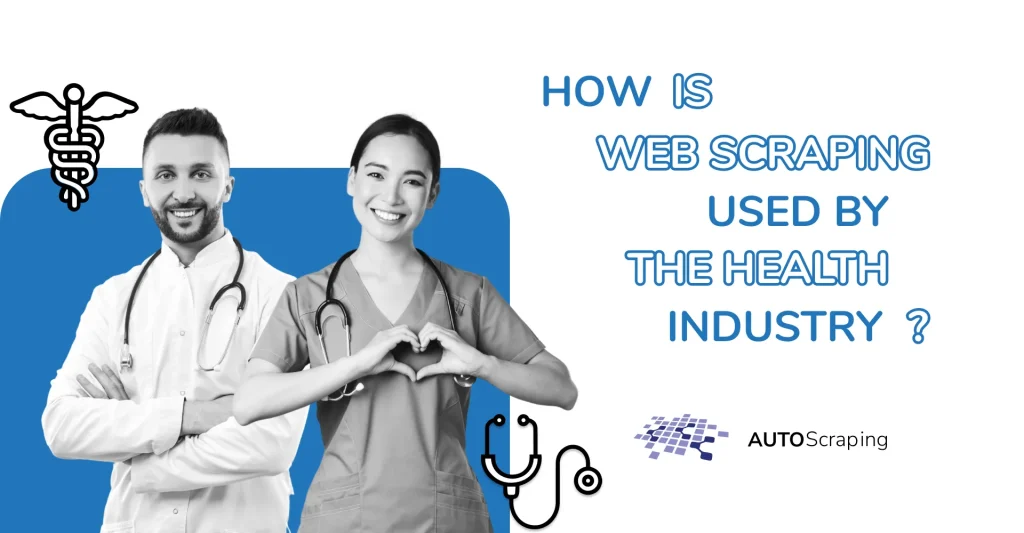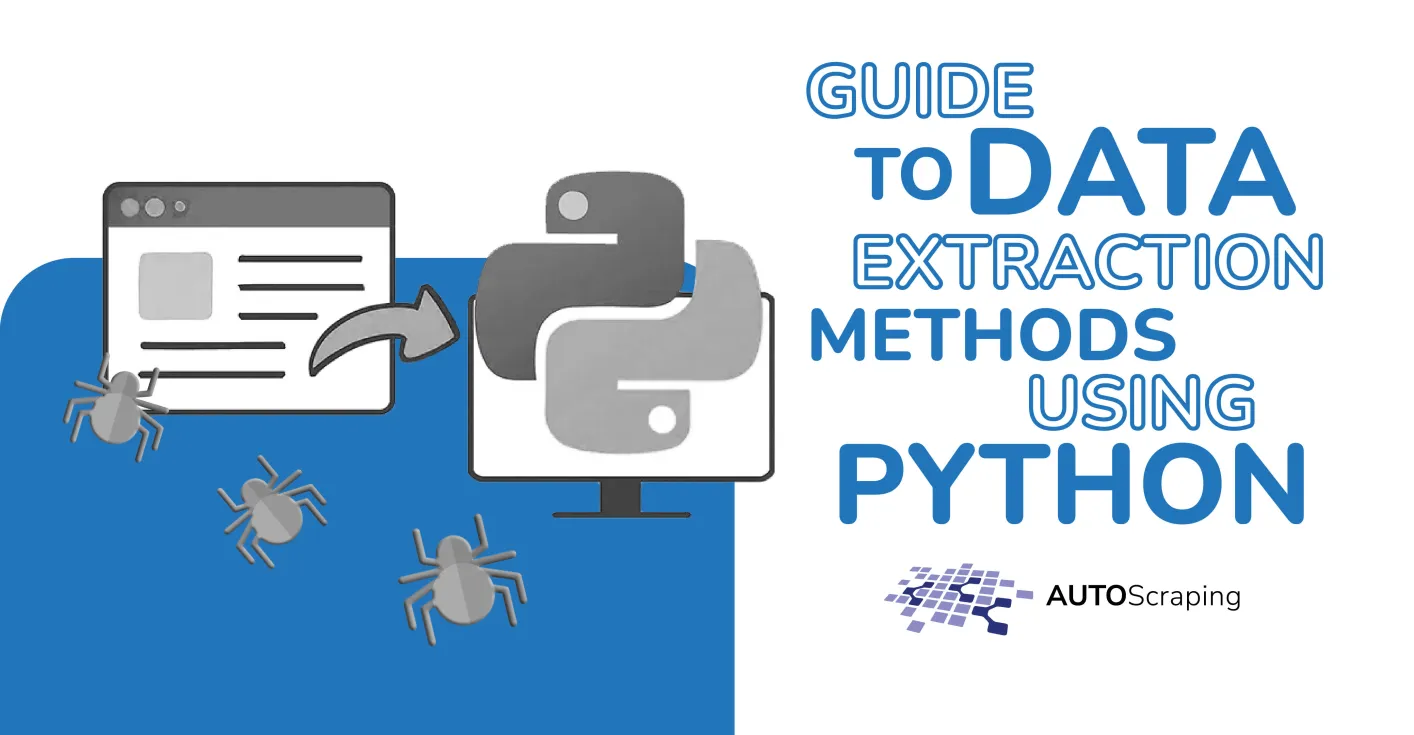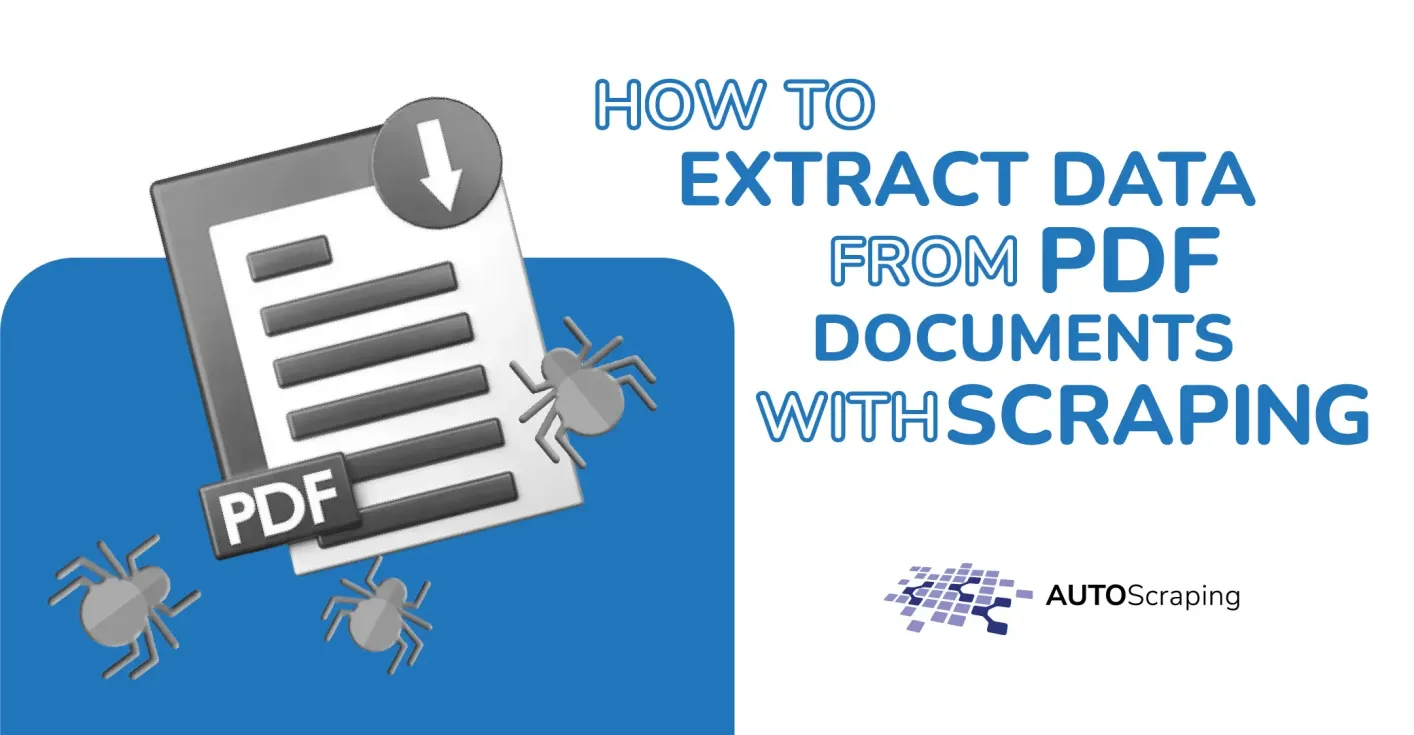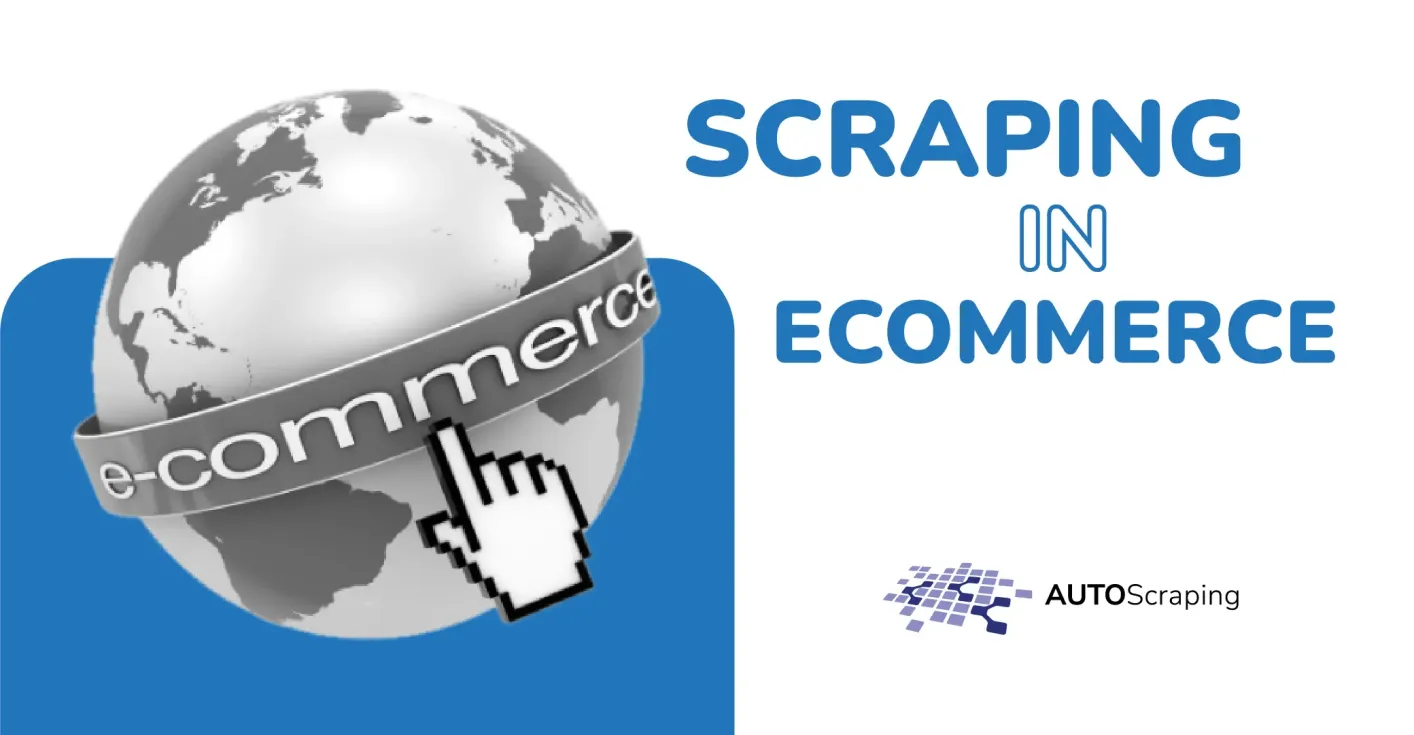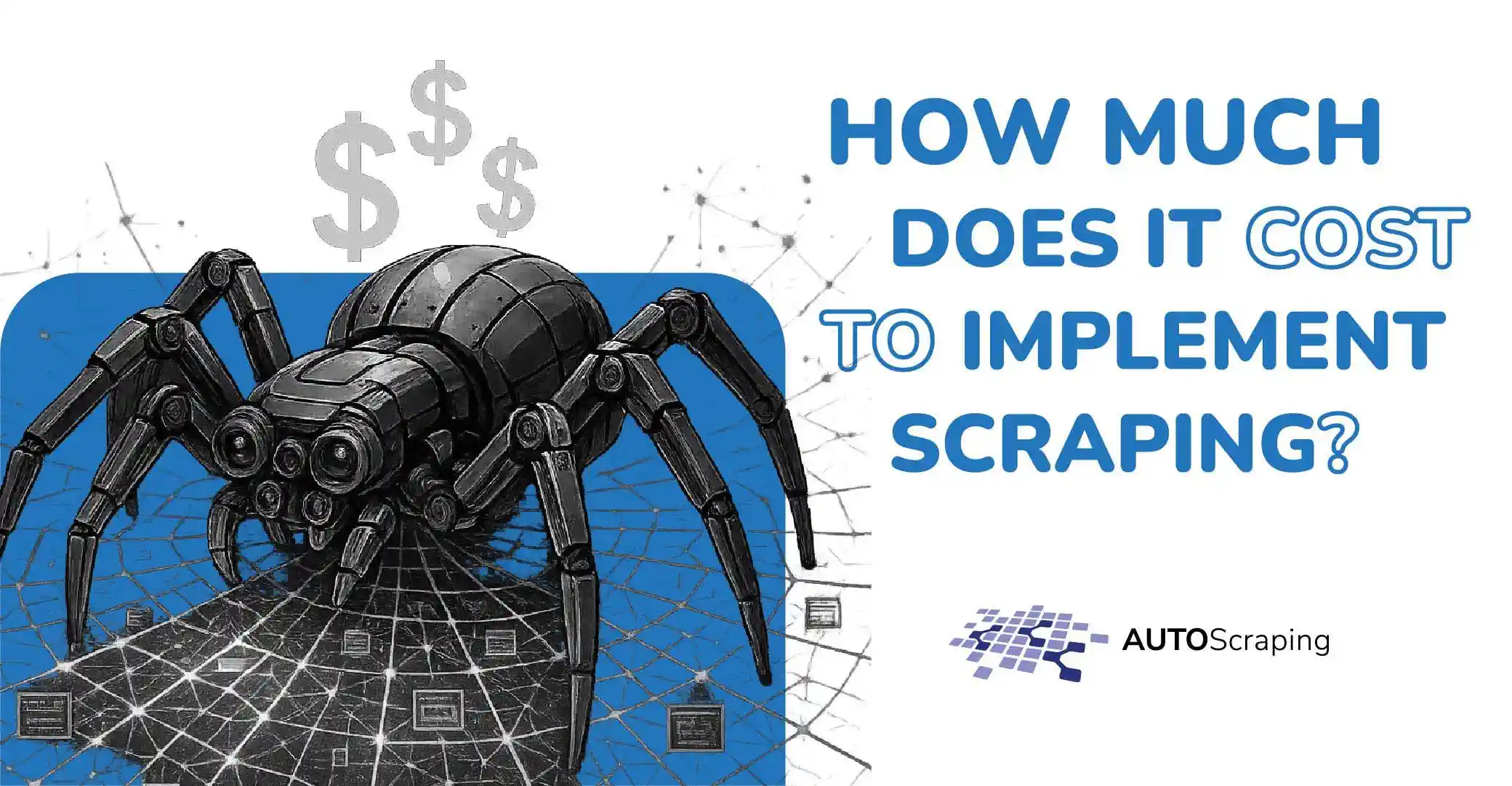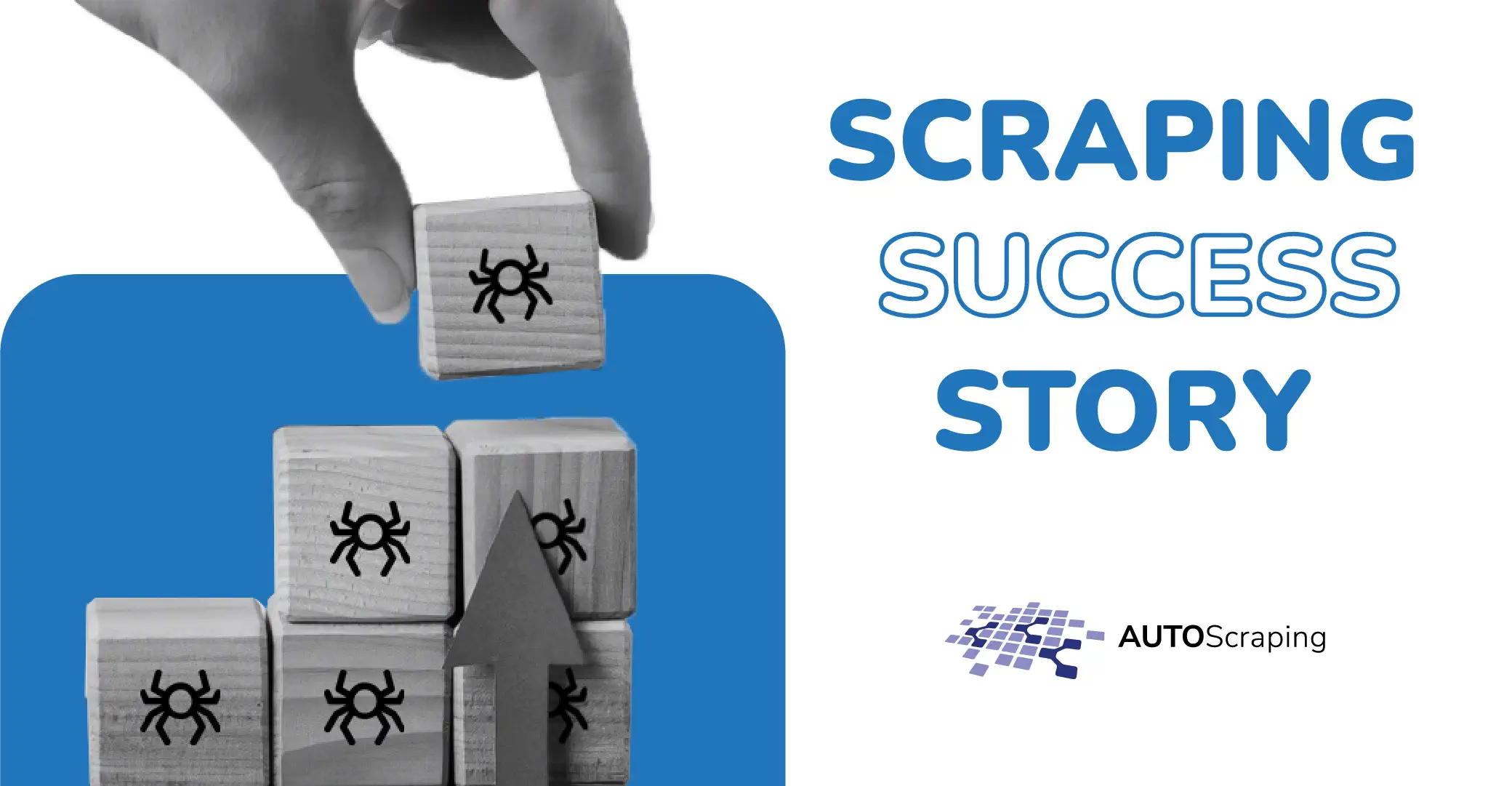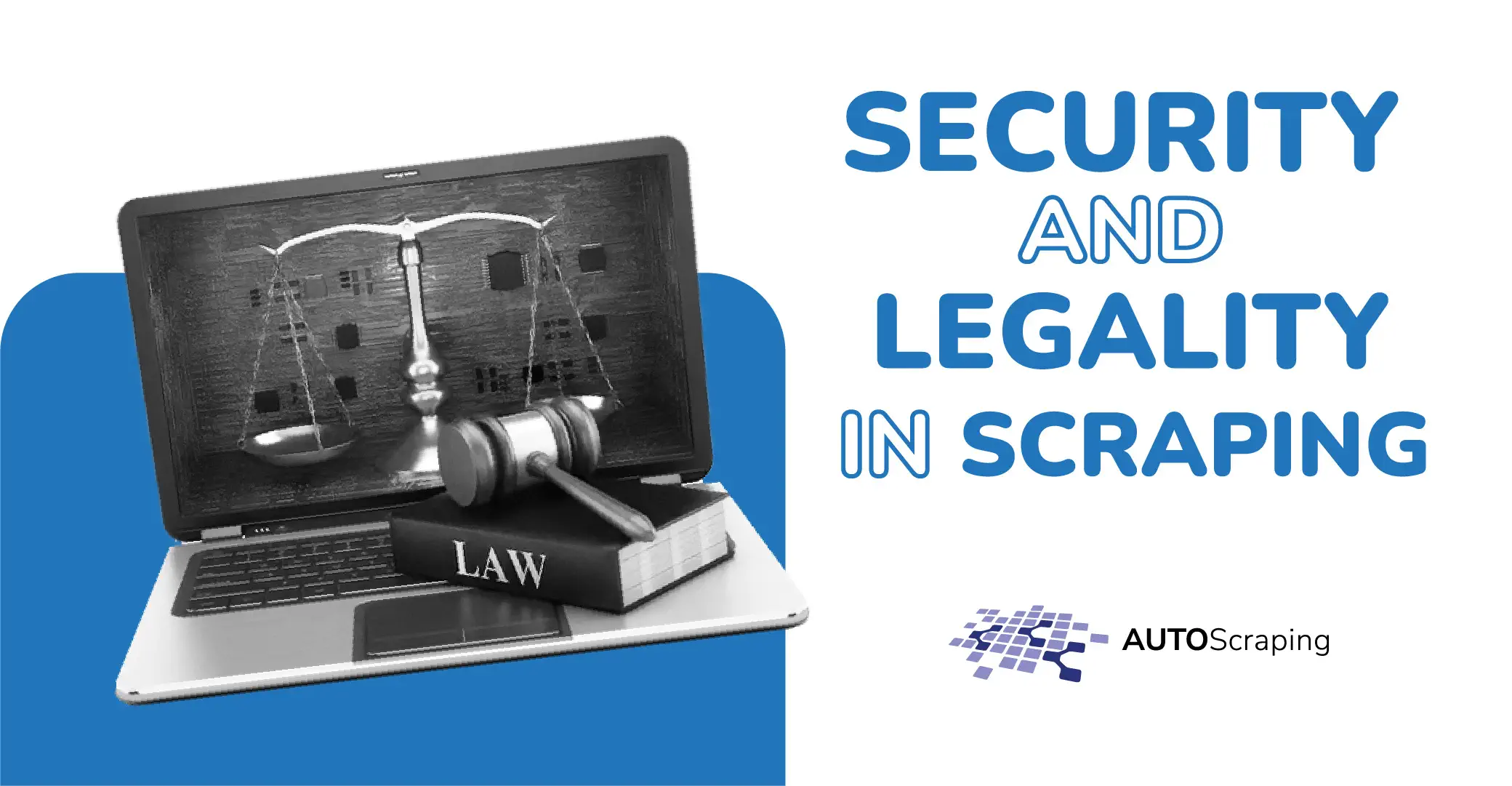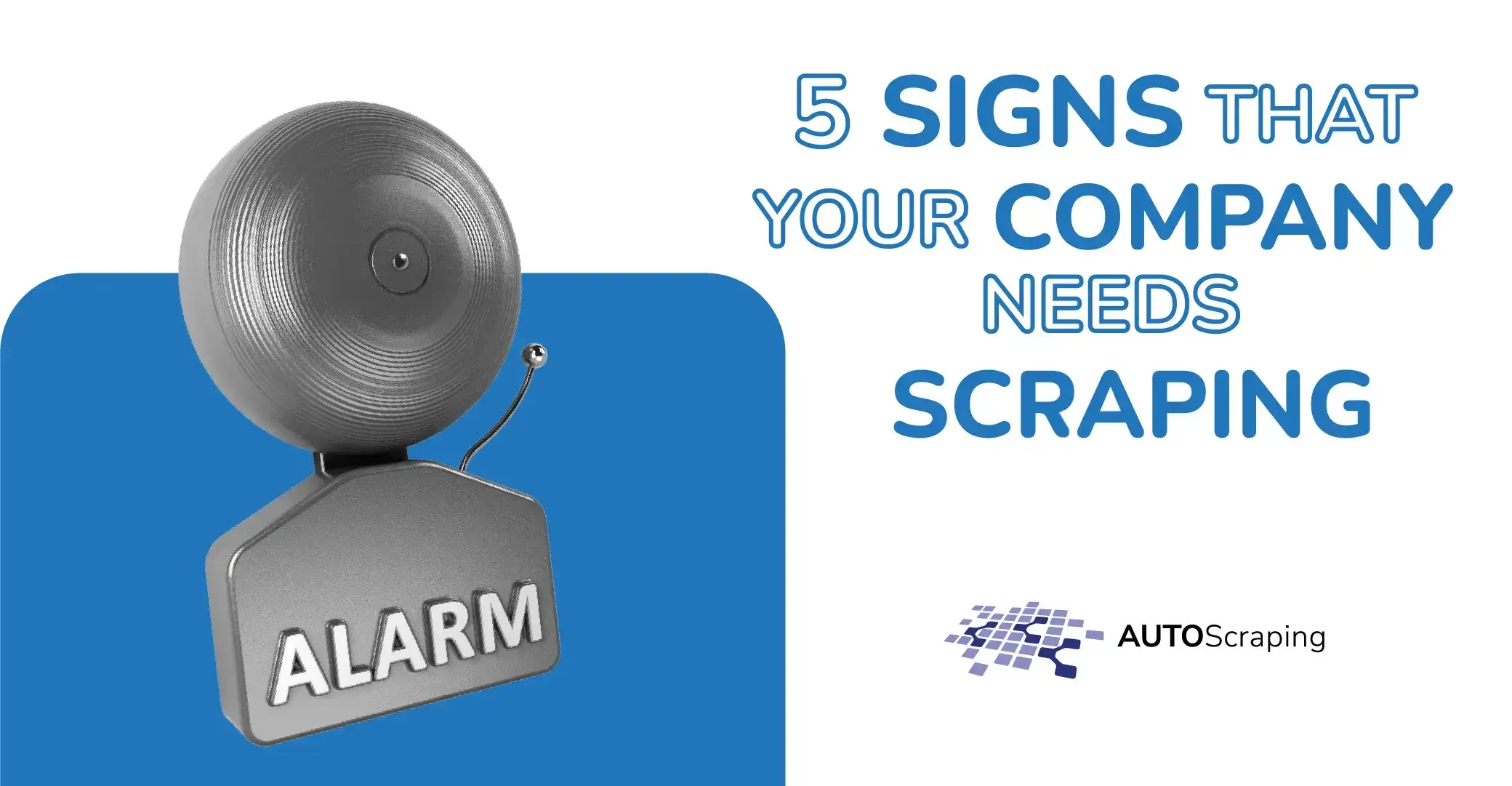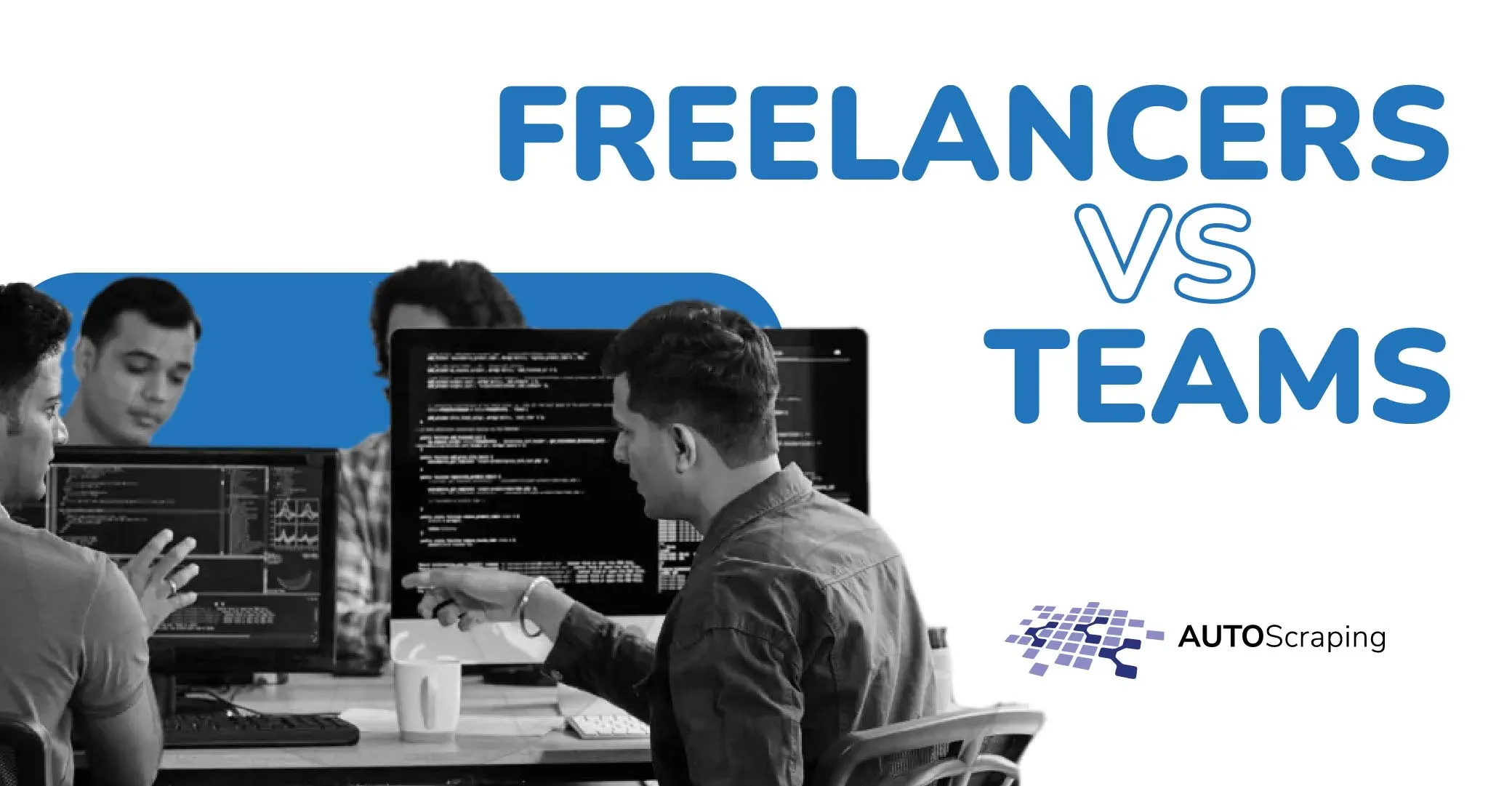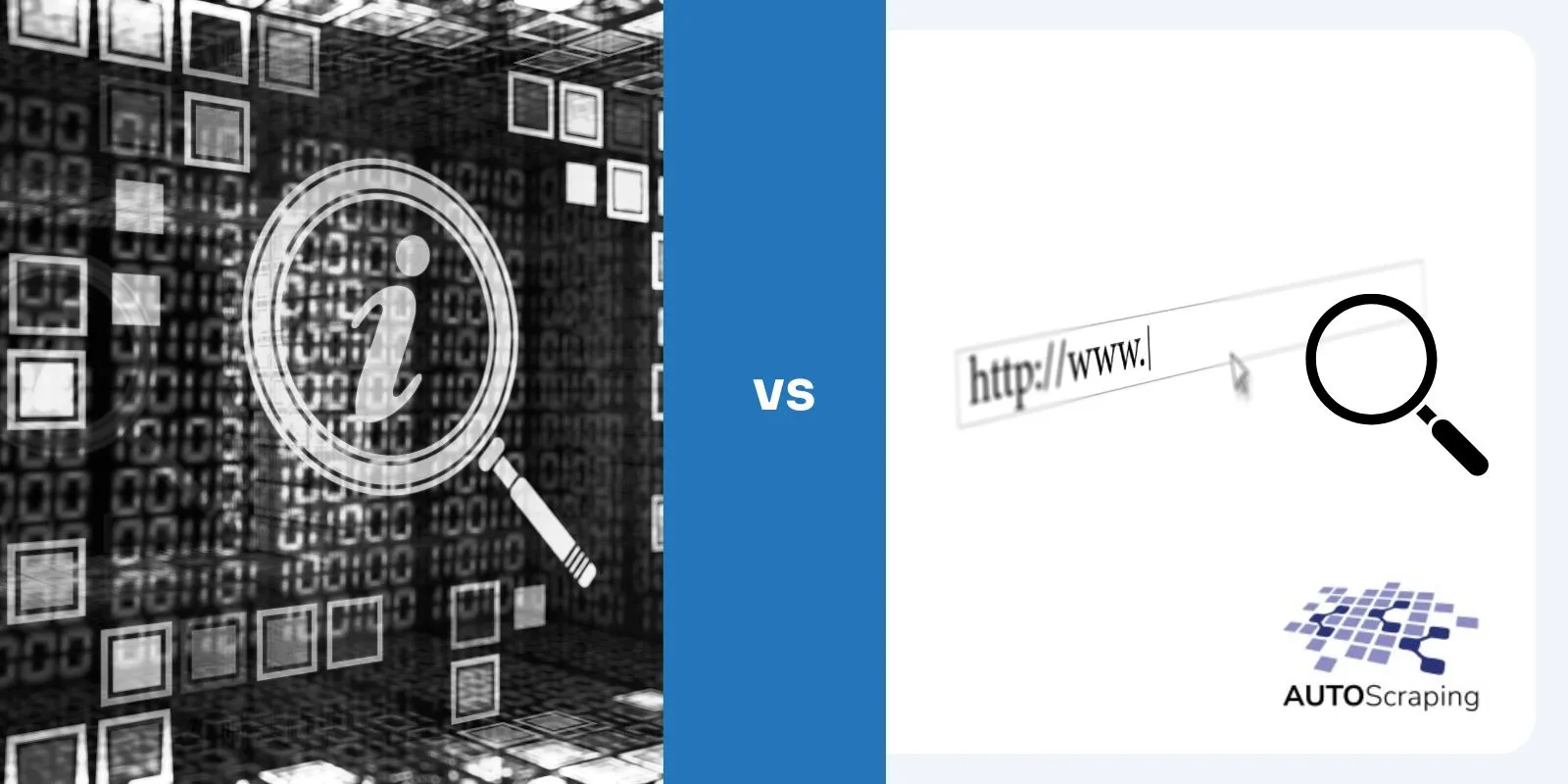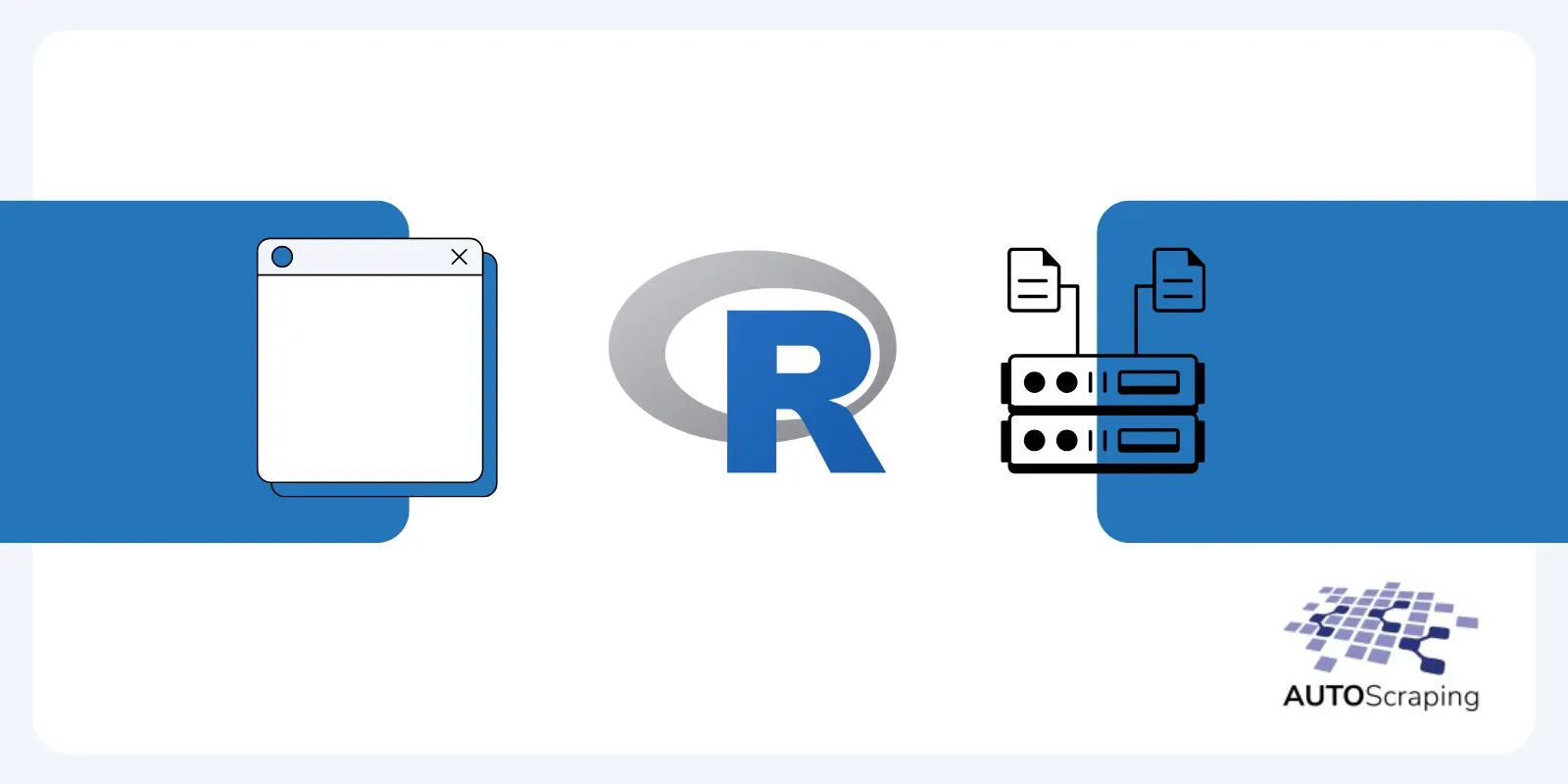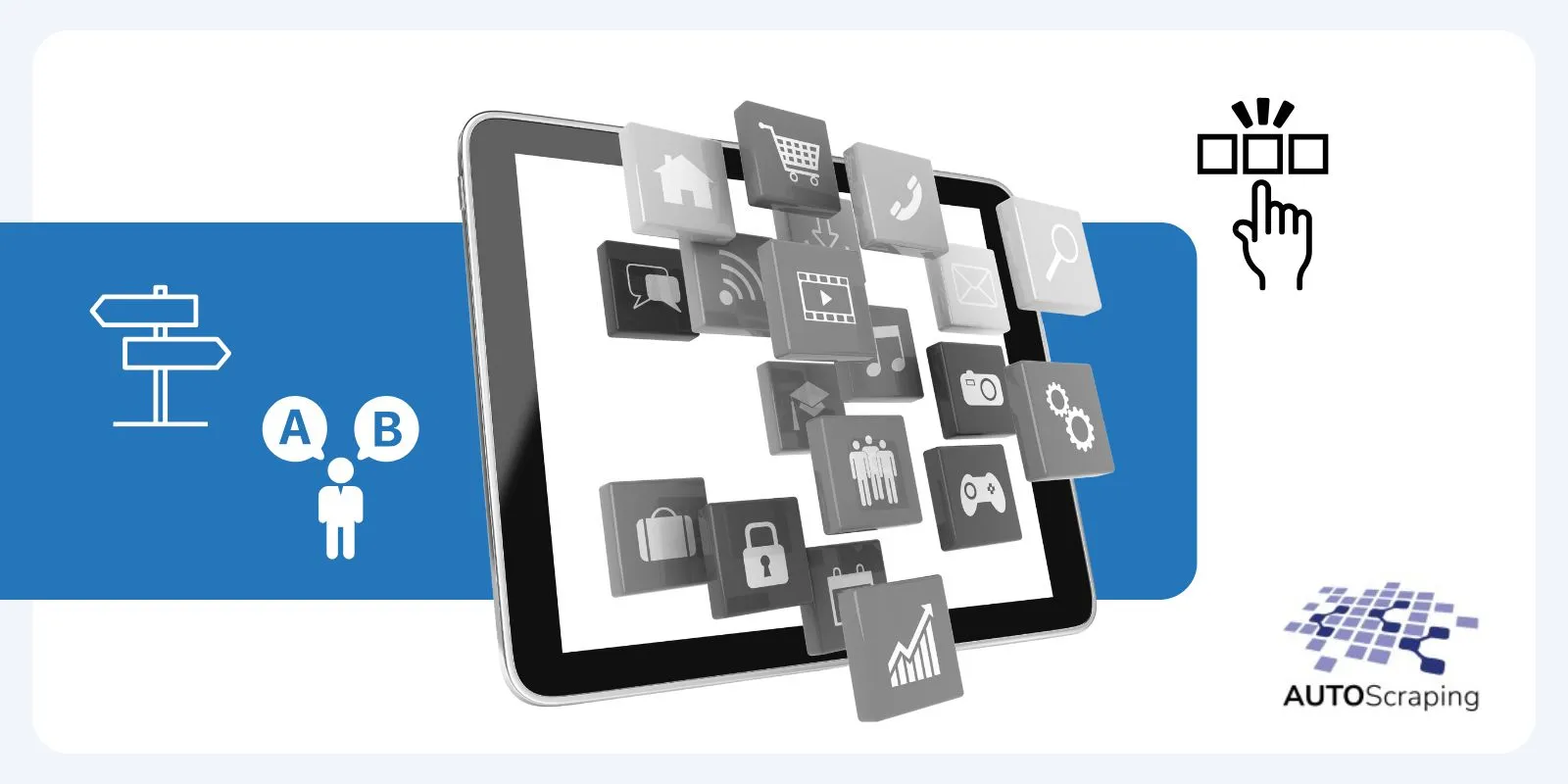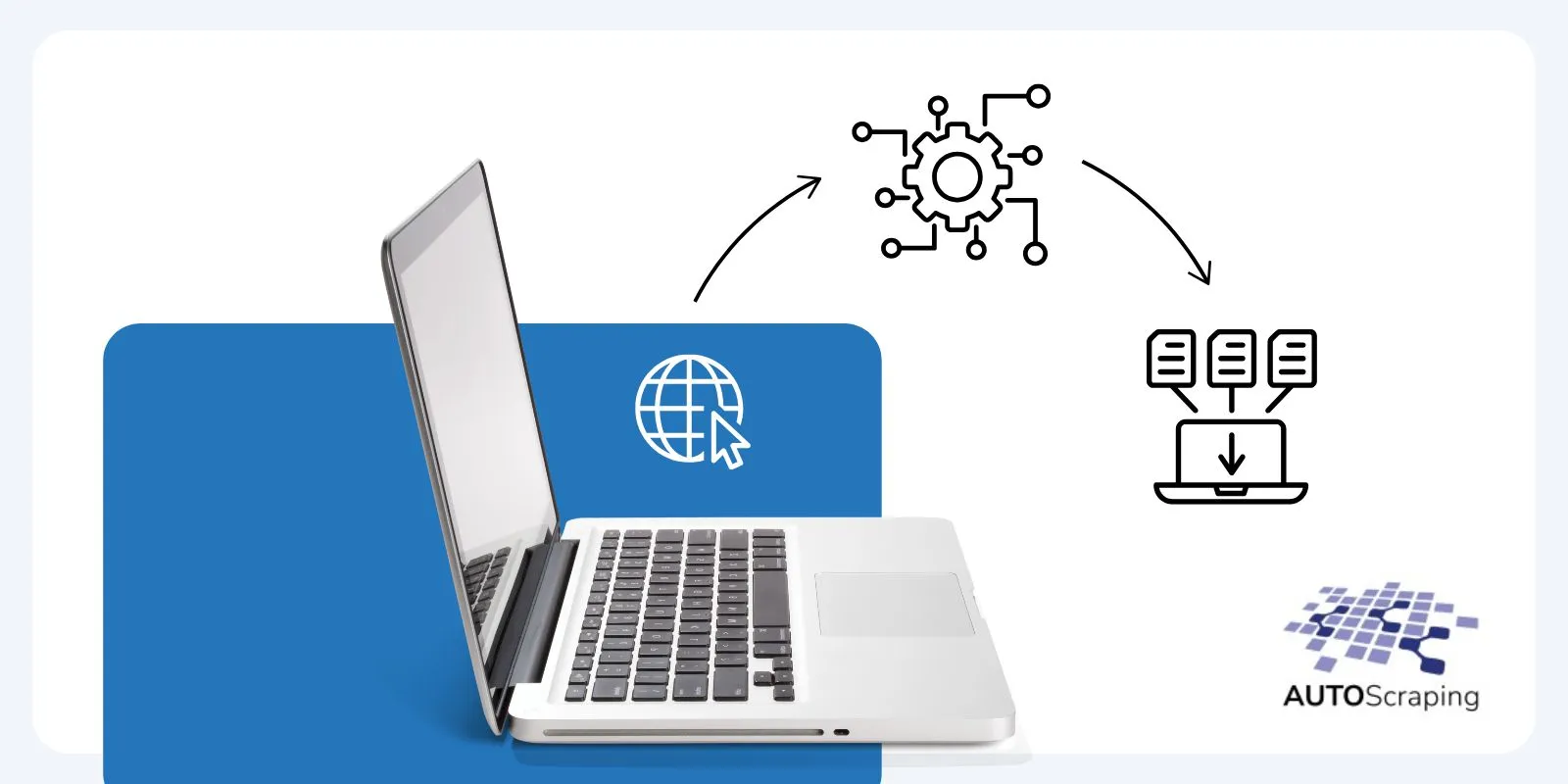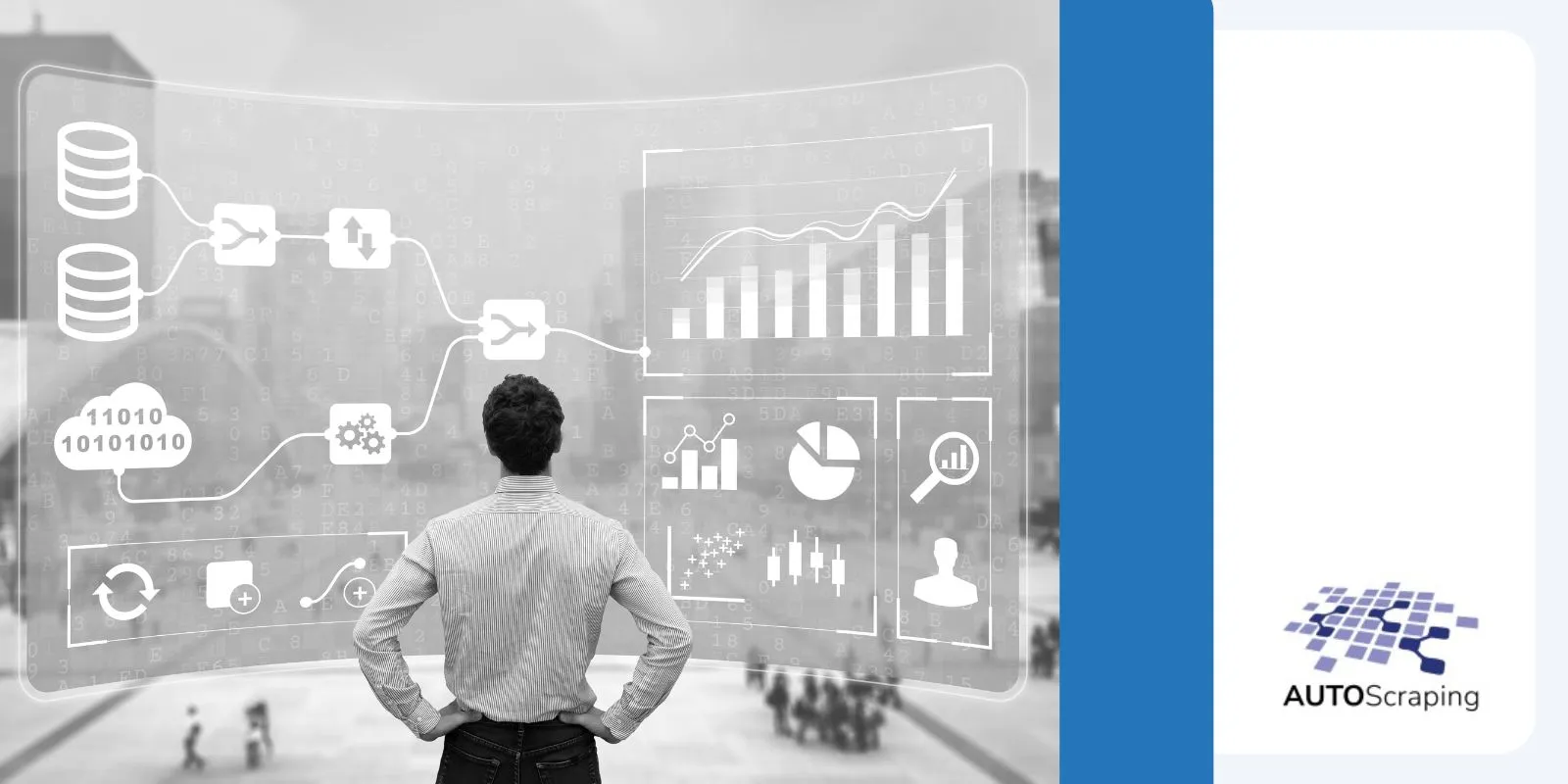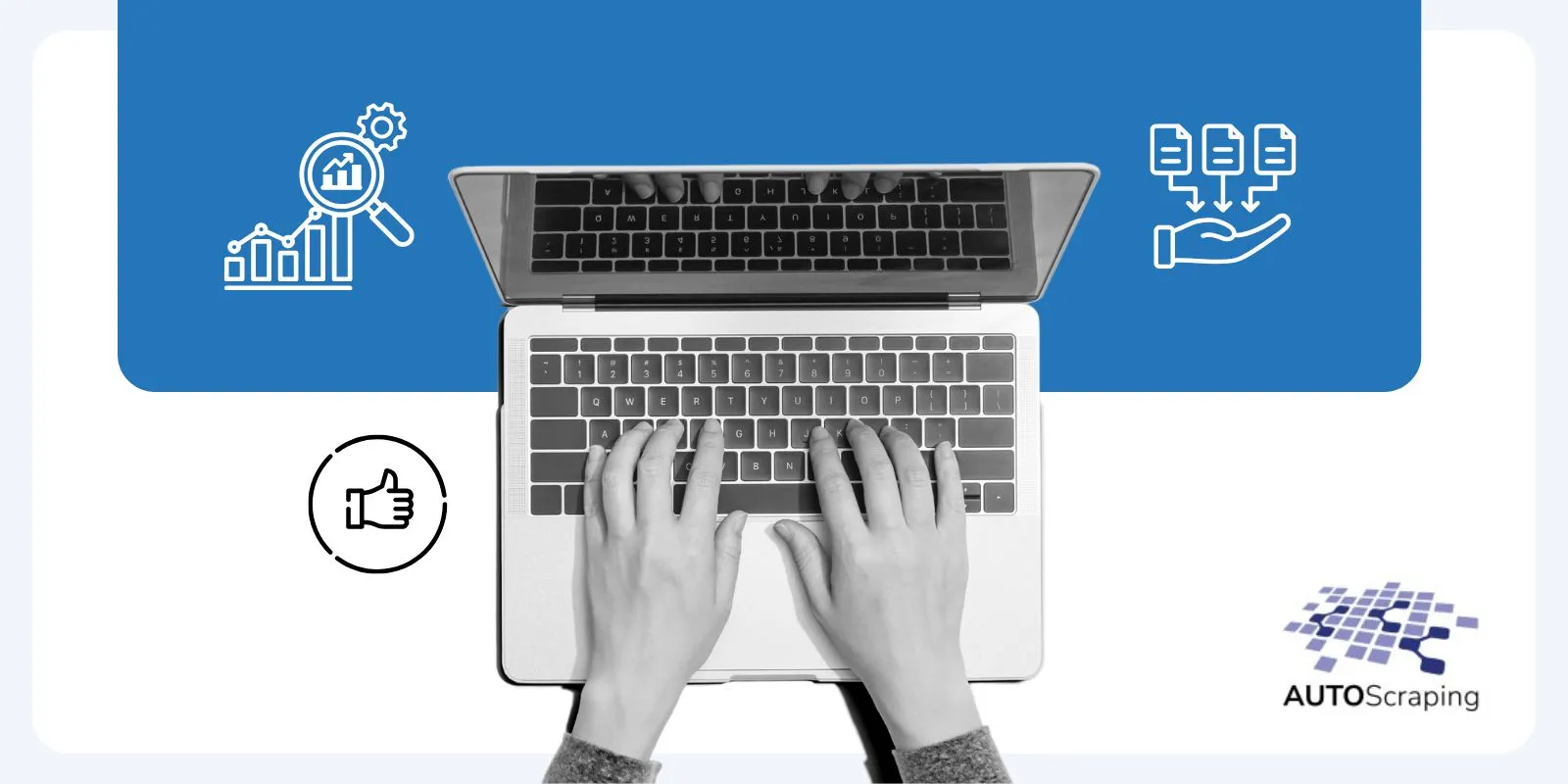Web scraping is rapidly becoming a vital tool in the healthcare industry, allowing organizations to gather and analyze large amounts of data from online sources. This data is crucial for improving patient care, optimizing resources, and advancing medical research. In this article, we explore the key applications of web scraping in the health industry, the benefits it offers, and the challenges and ethical considerations associated with its use.
- Automates data collection for healthcare.
- Enhances decision-making with real-time insights.
- Supports public health monitoring and research.
What is Web Scraping in Healthcare?
Web scraping is the process of automatically extracting large amounts of data from websites using specialized tools or scripts. In the healthcare industry, this technique enables organizations to gather, analyze, and utilize vast amounts of health-related data from various online sources, including medical research publications, patient reviews, and pharmaceutical pricing information.
- Automated data extraction saves time and resources.
- Broad data collection from diverse online sources.
The healthcare industry is data-intensive, and the accuracy and availability of data are crucial for improving patient outcomes, optimizing treatments, and advancing medical research. Web scraping provides a powerful solution for automating the data collection process, enabling healthcare providers and researchers to focus on analysis and decision-making rather than manual data gathering.
The Growing Importance of Web Scraping for Data in Healthcare
Data is increasingly recognized as the backbone of modern healthcare. From tracking disease outbreaks to personalizing patient care, the availability of accurate, real-time data is critical for effective healthcare management. Web scraping addresses the challenges posed by the sheer volume of online data by enabling healthcare organizations to efficiently gather and update large datasets from various online platforms.
- Real-time data updates ensure current and relevant information.
- Efficient data management for better healthcare outcomes.
The importance of web scraping in healthcare extends beyond just data collection. It also plays a vital role in data integration, allowing healthcare systems to combine information from multiple sources, such as clinical trial results, epidemiological reports, and patient feedback. This integrated approach provides a more holistic view of the healthcare landscape, enabling better decision-making and fostering a more proactive approach to healthcare delivery.

The Role of Web Scraping in the Health Industry
In the health industry, web scraping is used for various purposes, from monitoring public health trends to aiding in clinical research. For instance, public health agencies use web scraping to track disease outbreaks by collecting data from news websites, social media, and health forums. Similarly, pharmaceutical companies use web scraping to monitor drug prices across different regions, helping them adjust pricing strategies to remain competitive.
- Monitoring public health trends for timely interventions.
- Tracking drug prices for competitive analysis.
Moreover, web scraping is instrumental in gathering patient reviews and feedback from various online platforms. This data allows healthcare providers to better understand patient experiences, identify areas for improvement, and enhance the quality of care. By leveraging web scraping, the health industry can harness the power of big data to improve services, optimize resources, and ultimately provide better patient outcomes.
Key Applications of Web Scraping in the Health Industry
Web Scraping for Public Health Monitoring
Web scraping plays a critical role in public health monitoring by enabling the continuous collection and analysis of data related to health trends and disease outbreaks. For example, during the COVID-19 pandemic, web scraping was used to track the spread of the virus by extracting data from news reports, social media, and official health websites.
- Continuous data collection for real-time public health responses.
- Tracking disease spread to allocate resources effectively.
Beyond pandemics, web scraping is also used to monitor ongoing public health issues such as the prevalence of chronic diseases, vaccination rates, and the impact of lifestyle factors on community health. By collecting data from various sources, including health forums and blogs, public health officials can gain insights into emerging health trends and potential risks, enabling the early detection of public health issues.
Web Scraping for Disease Outbreak Detection
One of the most significant applications of web scraping in the health industry is in disease outbreak detection. By continuously monitoring online sources—such as news articles, social media posts, and health forums—web scraping tools can identify unusual patterns or spikes in discussions related to symptoms or diseases. This approach allows health authorities to respond more quickly to emerging hotspots, as was seen during the early stages of the COVID-19 pandemic.
- Early detection of disease outbreaks through online monitoring.
- Proactive health measures to contain potential epidemics.
This method can also be applied to more localized outbreaks, such as seasonal flu, foodborne illnesses, or other contagious diseases. By using web scraping to collect and analyze data in real-time, public health organizations can detect outbreaks earlier and implement control measures more effectively, ultimately reducing the impact of these events on public health.
Web Scraping to Track Public Health Trends
In addition to detecting disease outbreaks, web scraping is also used to track broader public health trends. This includes monitoring the prevalence of chronic conditions like diabetes, obesity, and cardiovascular diseases, as well as tracking behavioral health issues such as substance abuse and mental health disorders. By scraping data from health-related websites, forums, and social media platforms, public health researchers can identify emerging trends and patterns that may not yet be evident in traditional health data sources.
- Identifying chronic health trends for targeted public health campaigns.
- Tracking behavioral health issues to guide interventions.
These insights are invaluable for developing targeted public health campaigns and interventions. For example, if web scraping reveals a growing concern about vaccine hesitancy in a particular community, public health officials can use this information to create more effective communication strategies that address specific fears and misconceptions.

Enhancing Medical Research with Web Scraping
Web Scraping for Collecting Data for Literature Reviews
Web scraping is transforming medical research by providing researchers with access to vast amounts of data from various online sources. This includes everything from scientific publications and clinical trial results to patient forums and health-related blogs. By automating the process of data collection, web scraping allows researchers to gather comprehensive datasets that can be used for literature reviews, enabling a more thorough analysis of existing research and identifying gaps in the current knowledge base.
- Comprehensive data collection for in-depth literature reviews.
- Automated gathering of research papers and trial results.
These comprehensive datasets are crucial for conducting meta-analyses, where researchers aggregate and analyze data from multiple studies to identify overall trends and draw more robust conclusions. Web scraping facilitates this process by quickly gathering relevant research papers and clinical trial data, saving researchers significant time and effort that would otherwise be spent on manual data collection.
Web Scraping to Identify Gaps in Medical Research
In addition to supporting literature reviews, web scraping helps researchers identify gaps in medical research. By scraping data from online databases, journals, and conference proceedings, researchers can pinpoint areas that have been under-researched or where there is conflicting evidence. This information is invaluable for guiding future research efforts, ensuring that new studies address critical questions and contribute meaningfully to the field of medicine.
- Identifying under-researched areas in medicine.
- Guiding future research with data-driven insights.
Moreover, web scraping can be used to monitor emerging trends in medical research by analyzing patterns in newly published studies, funding allocations, and research focus areas. By staying informed about these trends, researchers can align their work with the most current and pressing issues in healthcare, ensuring that their contributions are relevant and impactful.

Healthcare Market Analysis Using Web Scraping
Web Scraping for Comparing Drug Prices and Availability
Web scraping is a powerful tool for conducting healthcare market analysis, particularly when it comes to comparing drug prices and availability. Pharmaceutical companies and healthcare providers can use web scraping to collect pricing information from multiple online sources, including e-commerce platforms, pharmacies, and hospital websites. This data can then be analyzed to identify pricing trends, regional variations, and potential disparities in drug availability.
- Drug price comparison across different platforms.
- Identifying regional disparities in drug availability.
By providing real-time insights into drug pricing, web scraping helps healthcare providers make informed decisions about purchasing and distribution, ensuring that medications are both affordable and accessible to patients. Additionally, this data can be used to inform policy decisions, such as implementing price controls or subsidies to address significant price disparities across different regions.
Web Scraping for Competitive Intelligence in Healthcare
Beyond pricing, web scraping is also used for gathering competitive intelligence in the healthcare sector. By monitoring competitors’ websites, social media channels, and online reviews, healthcare providers can gain insights into their competitors’ services, marketing strategies, and patient feedback. This information can be used to refine their own offerings, improve patient satisfaction, and stay ahead in a competitive market.
- Monitoring competitors for market positioning.
- Refining healthcare services based on competitor analysis.
For instance, a hospital might use web scraping to track the services offered by other hospitals in the region, including new treatments or specialized care options. By analyzing this data, the hospital can identify gaps in the market and develop new services to meet unmet patient needs. Web scraping enables healthcare organizations to maintain a competitive edge by continuously monitoring the market and adapting to changes.
Improving Patient Care and Experience Through Web Scraping
Web Scraping for Analyzing Patient Feedback
Web scraping allows healthcare providers to collect and analyze patient feedback from various online platforms, including review sites, social media, and health forums. By gathering this data, providers can gain valuable insights into patient experiences, identify common complaints or areas for improvement, and enhance the overall quality of care.
- Patient feedback collection for service improvement.
- Identifying areas for enhancement in patient care.
For example, if web scraping reveals that patients frequently mention long wait times at a particular clinic, the healthcare provider can take steps to streamline their appointment scheduling process. Similarly, positive feedback can highlight aspects of care that are particularly effective, allowing providers to replicate and reinforce these practices across their services.
Web Scraping to Track Patient Satisfaction Trends
Tracking patient satisfaction trends over time is essential for maintaining high standards of care. Web scraping enables healthcare providers to monitor changes in patient perceptions and satisfaction levels by continuously collecting data from online reviews and social media posts. By analyzing this data, providers can identify patterns and trends that may indicate shifts in patient expectations or emerging concerns.
- Monitoring patient satisfaction over time.
- Adapting services to meet changing patient needs.
This proactive approach allows healthcare organizations to address issues before they become widespread, ensuring that patient satisfaction remains high. Additionally, tracking satisfaction trends through web scraping can help providers measure the impact of new initiatives or changes in care practices, providing valuable feedback for continuous improvement.

Web Scraping for Insurance and Health Policy Development
Web Scraping to Analyze Insurance Data
Web scraping is increasingly used to analyze insurance data in the healthcare sector. By collecting information from insurance company websites, patient forums, and government databases, healthcare organizations can gain insights into coverage trends, common claim issues, and the impact of policy changes on patient access to care. This data is crucial for developing new insurance products, improving existing coverage options, and ensuring that patients receive the care they need.
- Analyzing insurance coverage for policy development.
- Identifying common claim issues to improve services.
For example, web scraping can be used to monitor the availability of specific treatments under different insurance plans, helping providers identify gaps in coverage that could be addressed through new policy proposals. Additionally, this data can inform negotiations with insurers, ensuring that healthcare providers can offer comprehensive care packages that meet patient needs.
Web Scraping to Support Health Policy Decisions
In addition to insurance data, web scraping is used to support broader health policy decisions. By collecting and analyzing data on healthcare access, outcomes, and costs, policymakers can develop evidence-based strategies to improve public health and address disparities in care. Web scraping allows for the continuous monitoring of health indicators, providing real-time insights that can guide policy adjustments and interventions.
- Supporting evidence-based policies with real-time data.
- Monitoring health outcomes to guide policy changes.
For instance, web scraping can be used to track the impact of new healthcare regulations on patient outcomes, allowing policymakers to quickly identify and address any unintended consequences. This data-driven approach ensures that health policies are responsive to the needs of the population and are grounded in current, accurate information.
Drug Development and Safety Monitoring with Web Scraping
Pharmacovigilance Through Web Scraping
Web scraping plays a crucial role in pharmacovigilance, the practice of monitoring the safety of medications after they have been released on the market. By collecting data from online sources such as patient forums, social media, and health blogs, healthcare providers and pharmaceutical companies can identify adverse drug reactions and other safety concerns more quickly than through traditional reporting channels.
- Monitoring drug safety through online data collection.
- Identifying adverse reactions to ensure medication safety.
For example, if web scraping detects a surge in online discussions about a particular side effect associated with a medication, this information can be used to initiate further investigation and potentially issue warnings or recalls. By providing real-time insights into drug safety, web scraping helps protect patients from harm and ensures that medications remain effective and safe for public use.

Web Scraping to Identify Emerging Health Risks
In addition to monitoring known side effects, web scraping is used to identify emerging health risks associated with new or existing medications. By analyzing patterns in online discussions, healthcare providers can detect early warning signs of potential issues that may not yet be reported through official channels. This proactive approach allows for quicker responses to emerging risks, reducing the likelihood of widespread adverse events.
- Detecting emerging health risks through online monitoring.
- Proactive risk management to protect patient safety.
For example, if web scraping reveals an increasing number of patients reporting an unusual symptom after taking a new medication, healthcare providers can investigate further to determine whether this symptom is related to the drug. By identifying and addressing these risks early, web scraping contributes to safer and more effective drug use in the healthcare industry.
Benefits of Web Scraping for Healthcare
Enhanced Data Access and Analysis with Web Scraping
One of the primary benefits of web scraping in healthcare is the ability to access and analyze vast amounts of data that would be difficult or impossible to gather manually. Web scraping enables healthcare organizations to continuously collect data from a wide range of online sources, including medical journals, patient reviews, social media, and health forums. This data provides a comprehensive view of the healthcare landscape, allowing providers to make informed decisions based on the most current information available.
- Comprehensive data access from multiple online sources.
- Advanced analysis capabilities for better healthcare decisions.
By improving access to data, web scraping also supports more advanced data analysis techniques, such as predictive analytics and machine learning. These techniques can be used to identify trends, forecast outcomes, and develop personalized treatment plans, ultimately leading to better patient care and improved health outcomes.
Improving Decision-Making in Healthcare with Web Scraping
Data-driven decision-making is essential for effective healthcare management, and web scraping provides the real-time data needed to support these decisions. Whether it’s tracking the spread of a disease, monitoring drug prices, or analyzing patient feedback, web scraping offers healthcare providers the insights they need to make timely and informed decisions.
- Real-time insights for proactive healthcare management.
- Data-driven decisions for better patient outcomes.
For example, during a disease outbreak, web scraping can provide up-to-the-minute information on infection rates, helping public health officials allocate resources more effectively. Similarly, healthcare providers can use web scraping to monitor patient satisfaction trends and adjust their services to better meet patient needs. By enabling more responsive and data-driven decision-making, web scraping enhances the quality and efficiency of healthcare services.
Challenges and Ethical Considerations in Web Scraping for Healthcare
Navigating Legal and Regulatory Frameworks in Web Scraping
While web scraping offers significant benefits, it also presents challenges, particularly in navigating the legal and regulatory frameworks that govern data collection in healthcare. Healthcare providers must ensure that their web scraping activities comply with regulations such as HIPAA (Health Insurance Portability and Accountability Act) in the United States and GDPR (General Data Protection Regulation) in the European Union. These laws are designed to protect patient privacy and data security, and non-compliance can result in significant penalties.
- Compliance with legal frameworks in healthcare.
- Protecting patient privacy through secure data practices.
To navigate these challenges, healthcare organizations must implement robust data protection measures, including encryption, anonymization, and secure storage of collected data. Additionally, they must be mindful of the terms of service of the websites they scrape, as violating these terms can lead to legal disputes or the blocking of access to critical data sources.
Data Privacy and Security Concerns in Web Scraping
Data privacy and security are paramount concerns in healthcare, where sensitive patient information is often at stake. Web scraping can pose risks to data privacy if not conducted properly, as it involves collecting large amounts of data from various online sources, some of which may contain personal information. To mitigate these risks, healthcare organizations must implement strict data security protocols and ensure that any personal data collected is anonymized and securely stored.
- Implementing data security protocols in web scraping.
- Anonymizing personal data to protect patient privacy.
Moreover, healthcare providers must be transparent about their data collection practices and ensure that they have the necessary permissions to collect and use the data. This includes complying with relevant data protection regulations and obtaining consent from individuals where required. By addressing these privacy and security concerns, healthcare organizations can use web scraping responsibly and ethically to improve patient care and outcomes.

Best Practices for Web Scraping in Healthcare
Legal Compliance and Ethical Standards in Web Scraping
To ensure that web scraping activities are conducted responsibly and ethically, healthcare organizations must prioritize legal compliance and adherence to ethical standards. This includes conducting thorough legal reviews before initiating any web scraping projects to ensure compliance with regulations such as HIPAA and GDPR. Additionally, organizations should develop clear data governance policies that outline how data will be collected, stored, and used.
- Conducting legal reviews before web scraping projects.
- Developing data governance policies for ethical data use.
Ethical considerations are equally important, particularly when it comes to protecting patient privacy and ensuring that data is used in ways that benefit the public good. Healthcare providers should strive to be transparent about their data collection practices, obtain consent where necessary, and avoid scraping data from sources that explicitly prohibit it.
Implementing Robust Data Security Measures in Web Scraping
Data security is a critical aspect of any web scraping initiative in healthcare. To protect the sensitive information that may be collected, healthcare organizations should implement robust security measures, including encryption of data both in transit and at rest, secure storage solutions, and regular security audits. Additionally, data anonymization techniques should be employed to ensure that personal information is not inadvertently exposed.
- Encrypting data during and after collection.
- Regular security audits to maintain data integrity.
Organizations should also consider using proxy servers and rotating IP addresses to avoid detection and blocking by websites, while still complying with legal and ethical standards. By prioritizing data security, healthcare providers can mitigate the risks associated with web scraping and ensure that the data they collect is used safely and responsibly.
Case Studies and Examples of Web Scraping in Healthcare
Case Study: Influenza Surveillance Through Web Scraping
Web scraping has been successfully used in influenza surveillance, providing real-time data that has significantly enhanced public health responses. For instance, public health agencies have utilized web scraping to monitor online discussions, news reports, and social media posts related to flu symptoms and outbreaks. This data allows health officials to track the spread of the flu, identify emerging hotspots, and allocate resources more effectively to areas in need.
- Monitoring flu outbreaks through web scraping.
- Allocating resources based on real-time data insights.
The ability to quickly collect and analyze data from multiple sources has made web scraping an invaluable tool in the fight against seasonal influenza, enabling a more proactive and targeted approach to disease control. As a result, public health agencies have been able to respond more swiftly to flu outbreaks, reducing the overall impact on public health.
Case Study: Enhancing Patient Care with Scraped Data
Another example of web scraping in healthcare is its use in enhancing patient care. Healthcare providers have used web scraping to collect patient reviews and feedback from online platforms, allowing them to gain insights into patient experiences and identify areas for improvement. For example, a hospital might use web scraping to monitor online reviews and discover that patients frequently mention long wait times or issues with specific services.
- Improving patient care through feedback analysis.
- Addressing common complaints to enhance services.
By addressing these concerns, the hospital can improve its operations and enhance patient satisfaction. This proactive approach not only improves the quality of care but also helps build trust and loyalty among patients. Web scraping provides healthcare providers with the tools they need to continuously monitor and improve patient care, ensuring that they meet the evolving needs of their patients.
Case Study: Drug Price Transparency Through Web Scraping
Web scraping has also been instrumental in promoting drug price transparency. By collecting pricing information from multiple sources, including online pharmacies, e-commerce platforms, and hospital websites, web scraping enables healthcare providers and policymakers to compare drug prices and identify disparities. This data can be used to advocate for price controls, subsidies, or other measures to ensure that medications are affordable and accessible to all patients.
- Promoting transparency in drug pricing through data collection.
- Advocating for fair pricing based on real-time data insights.
For example, a government health agency might use web scraping to monitor drug prices across different regions and identify areas where prices are significantly higher than the national average. This information can then be used to develop targeted policies to address these disparities and ensure that patients have access to the medications they need at reasonable prices.

Future Trends and Innovations in Web Scraping for Healthcare
AI and Machine Learning in Web Scraping for Healthcare
The future of web scraping in healthcare is likely to be shaped by advances in artificial intelligence (AI) and machine learning. These technologies can enhance the capabilities of web scraping tools by enabling more sophisticated data analysis, predictive modeling, and real-time insights. For example, AI algorithms can be used to automatically categorize and analyze the data collected through web scraping, identifying trends and patterns that might not be immediately apparent to human analysts.
- Integrating AI and machine learning for advanced data insights.
- Enhancing predictive modeling through automated data analysis.
Moreover, machine learning can improve the accuracy and efficiency of web scraping by learning from past data collection efforts and optimizing scraping strategies accordingly. This could lead to more accurate predictions of disease outbreaks, better-targeted public health interventions, and more personalized patient care. As AI and machine learning continue to evolve, their integration with web scraping is expected to bring about significant advancements in healthcare data analytics.
Real-Time Health Monitoring with IoT and Web Scraping
The integration of the Internet of Things (IoT) with web scraping represents another promising trend in healthcare. IoT devices, such as wearable health monitors and smart medical devices, generate vast amounts of real-time data that can be scraped and analyzed to provide continuous health monitoring. By combining this data with information from online sources, web scraping can offer a more comprehensive view of a patient’s health, enabling more proactive and personalized care.
- Combining IoT data with web scraping for continuous monitoring.
- Providing personalized care through integrated health data.
For example, a healthcare provider could use web scraping to collect data from a patient’s wearable device, such as heart rate or blood pressure readings, and compare it with data from online health forums or medical databases. This integrated approach could help detect early signs of health issues, allowing for timely interventions and better health outcomes. As IoT technology continues to advance, its integration with web scraping is likely to play a critical role in the future of healthcare.
Evolving Data Ethics and Governance in Web Scraping
As web scraping becomes more prevalent in healthcare, there will be an increasing need for robust data ethics and governance frameworks to ensure that data is collected, stored, and used responsibly. This includes developing clear guidelines on issues such as patient consent, data anonymization, and the ethical use of data in research and policy-making. Additionally, healthcare organizations will need to stay informed about changes in data protection regulations and ensure that their web scraping practices remain compliant.
- Developing ethical frameworks for responsible data use.
- Ensuring compliance with evolving data protection regulations.
The development of these frameworks will be essential for maintaining public trust and ensuring that the benefits of web scraping are realized without compromising patient privacy or ethical standards. As the healthcare industry continues to evolve, the adoption of best practices in data ethics and governance will be crucial for the responsible use of web scraping in healthcare.
Innovations in Data Visualization Through Web Scraping
Data visualization is an essential aspect of healthcare data analysis, and web scraping is likely to play a key role in the development of new visualization techniques. By collecting large datasets from various online sources, web scraping enables healthcare providers and researchers to create more detailed and informative visualizations, such as heat maps, trend graphs, and predictive models. These visualizations can help healthcare professionals better understand complex health data, identify patterns, and communicate findings to a broader audience.
- Creating detailed visualizations from scraped data.
- Enhancing data interpretation through innovative visualization tools.
For example, a public health agency could use web scraping to collect data on flu outbreaks across different regions and create a heat map that highlights areas with the highest infection rates. This visualization could then be used to guide resource allocation and inform the public about the risks in their area. As data visualization tools continue to advance, their integration with web scraping will enhance the ability of healthcare professionals to interpret and act on health data.
Conclusion: The Impact and Future of Web Scraping in Healthcare
Summarizing Web Scraping’s Role in Healthcare
Web scraping has emerged as a powerful tool in the healthcare industry, enabling the efficient collection and analysis of vast amounts of data from online sources. This data is crucial for improving patient care, advancing medical research, and supporting public health initiatives. By providing real-time insights and supporting data-driven decision-making, web scraping is transforming the way healthcare organizations operate and deliver care.
- Improving patient care through real-time data collection.
- Supporting medical research with comprehensive data analysis.
As healthcare becomes increasingly data-driven, the role of web scraping will continue to expand, offering new opportunities for improving health outcomes and addressing the challenges facing the healthcare industry. However, it is essential for healthcare providers to use web scraping responsibly, ensuring compliance with legal and ethical standards and prioritizing patient privacy.
The Future of Healthcare with Web Scraping
Looking ahead, the integration of web scraping with advanced technologies such as AI, machine learning, and IoT will further enhance its capabilities and applications in healthcare. These innovations will enable more accurate predictions, personalized care, and proactive health management, ultimately leading to better patient outcomes. As the healthcare industry continues to evolve, web scraping will play a critical role in shaping the future of healthcare.
- Advancing healthcare analytics through AI and machine learning.
- Enhancing patient outcomes with personalized, data-driven care.
To fully realize the potential of web scraping in healthcare, it is essential for organizations to adopt best practices in data collection, analysis, and security. By doing so, they can harness the power of web scraping to drive innovation, improve patient care, and create a more effective and efficient healthcare system.

